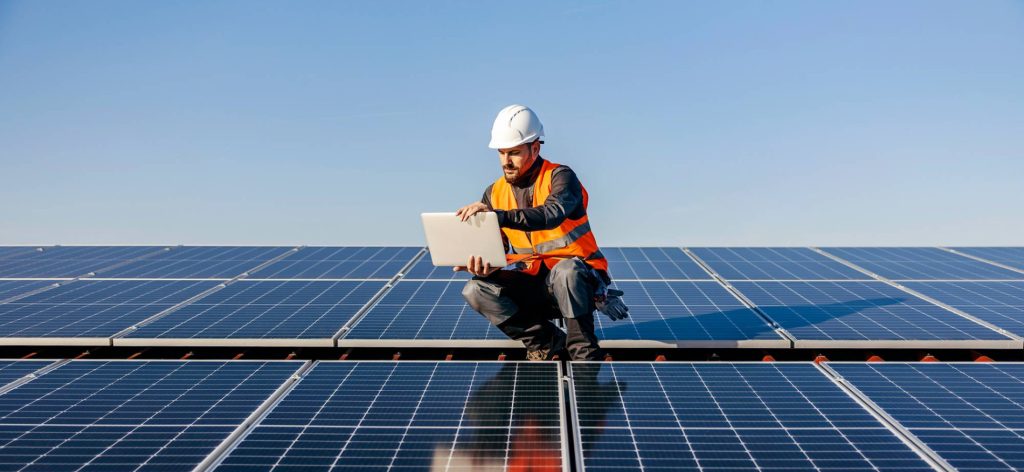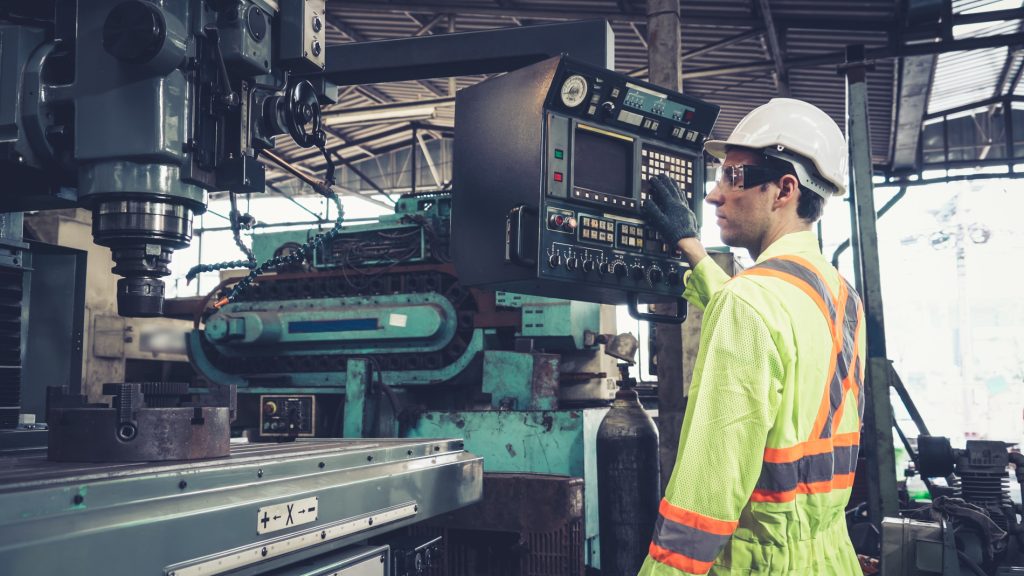Wind Energy Recruitment in Australia: Meeting the Demand for Skilled Specialists
Australia is at the forefront of a once-in-a-generation energy shift. Wind power already generates nearly 40% of the nation’s renewable electricity, and with new onshore and offshore projects accelerating, the industry is brimming with opportunity. For hiring managers and HR leaders, this is both an exciting challenge and a chance to shape the workforce that…
Australia is at the forefront of a once-in-a-generation energy shift. Wind power already generates nearly 40% of the nation’s renewable electricity, and with new onshore and offshore projects accelerating, the industry is brimming with opportunity. For hiring managers and HR leaders, this is both an exciting challenge and a chance to shape the workforce that will power Australia’s clean energy future.
According to the Clean Energy Council, the clean energy workforce in the National Electricity Market (NEM) must grow from around 21,500 today to 56,800 by 2030, an additional 34,300 jobs in just a few years. Nationally, the transition will create 40,000 new clean-energy roles by the end of the decade. This rapid growth represents not just a hiring need, but a unique opportunity to attract new talent, build resilient teams, and position your business as a leader in the renewable revolution.
For hiring managers and HR teams, this means intense competition for specialist roles and skills. The question is: how can businesses navigate this rapidly growing industry and position themselves at the forefront — attracting and retaining engaged, high-performing talent that drives success?
Education, Training, and the Next Generation of Talent
Australia’s universities and TAFEs are expanding renewable energy and engineering programs to keep pace with demand. Leading institutions such as UNSW, Melbourne, Monash, RMIT, and UQ are producing graduates across electrical, mechanical, and renewable disciplines, with around a third of professionals in the sector already holding a Master’s degree.
To strengthen the pipeline, the Federal Government’s Universities Accord outlined 47 recommendations for tertiary and vocational reform, while the $3.7 billion National Skills Agreement is upgrading the VET and university system. Importantly, the focus is not just on courses but also on visibility. Ensuring young Australians clearly see renewable energy as a viable career path.
Several initiatives are already underway. The Careers for Net Zero job fairs in Queensland (2024) introduced more than 600 people to clean energy careers. In 2025, the Clean Energy Required Training (CERT) projects will launch in Victoria and Queensland, creating consistent trade qualifications for wind, solar, and battery projects. Offshore wind is also on the agenda, with a new Workforce Development Program in progress to build apprenticeship and training pathways for maritime and engineering trades.
At the same time, governments are responding to skills bottlenecks. The upcoming National Energy Workforce Strategy, Victoria’s Energy Jobs Plan, and NSW’s 2030 Renewable Energy Workforce Plan aim to map shortages and scale up training. Alongside these, regulators are introducing new safety licensing and certification schemes to ensure workers are job-ready.
Attraction and Retention Strategies for skilled Wind Power Specialists
As the industry expands, so too does the competition for talent. The challenge isn’t just about finding the right people, it’s about standing out in a crowded market and keeping them engaged long-term. Employers who succeed will be those who take a proactive, people-first approach.
Attraction strategies:
- Employer Brand with Purpose: Professionals in renewables want to feel their work matters. Companies that actively communicate their role in Australia’s transition to net zero, community engagement initiatives, and innovative technologies will be more appealing. Consider sharing employee stories, project impact case studies, and sustainability milestones to showcase purpose in action.
- Clear Career Pathways: Don’t just hire for the role — show candidates where the role could take them. For example, highlight technician-to-engineer pathways, or graduate-to-project-manager journeys. Structured development plans and mentorship programs can transform your company into a destination for ambitious talent.
- Flexibility and Support: The wind sector often requires work in regional or remote areas. Employers offering relocation assistance, FIFO arrangements, housing support, or even family-inclusive rosters reduce barriers to entry. Hybrid work for office-based roles (engineering, planning, or project management) also signals modern, employee-first thinking.
- Cross-Industry Recruitment: Talent pipelines won’t only come from renewables. Skilled workers in oil & gas, mining, defence, aviation, and heavy manufacturing have transferable expertise. Building fast-track onboarding programs to reskill these workers into wind energy roles allows you to tap into wider pools without compromising project delivery.
- Showcasing Innovation and Technology: Highlighting cutting-edge technology, safety systems, or digital tools in recruitment campaigns can spark interest among candidates who want to work in forward-thinking, future-proof industries. This reinforces your brand as progressive and competitive.
- Diversity and Inclusion Focus: Candidates increasingly want to join inclusive workplaces. Companies that demonstrate gender equity, cultural diversity, and pathways for under-represented groups in renewables will appeal to broader talent pools while fostering innovation.
Retention Strategies
- Invest in Training and Development: Upskilling through programs like CERT, micro-credentials, or tailored technical courses ensures employees continually grow in expertise. Sponsorship for postgraduate qualifications or leadership programs not only builds skills but strengthens loyalty.
- Culture of Recognition and Wellbeing: The work can be demanding, often in challenging environments. Simple recognition programs, health and wellbeing initiatives, safety-first cultures, and strong team environments all contribute to keeping workers motivated and engaged.
- Long-Term Security and Career Progression: Rather than one-off contracts, offering multi-project engagement or portfolio-based contracts builds stability and reduces turnover. Employees who can see their future within your organisation are less likely to seek opportunities elsewhere.
- Competitive Rewards and Benefits: Beyond salaries, benefits such as site allowances, retention bonuses, or professional development budgets help retain top performers. For younger workers, clear superannuation contributions or flexible leave policies can be highly attractive.
- Internal Mobility: Give employees opportunities to move across projects, geographies, or even into adjacent technologies (e.g., solar, storage). This keeps talent engaged and maximises your workforce’s adaptability as the renewable sector evolves.
- Strong Leadership and Communication: Retention often comes down to trust. Transparent communication about company goals, safety, and career opportunities, backed by supportive leadership, ensures employees feel valued and heard.
Why Partnering with a Specialist Recruiter Matters
Even with the right strategies, the reality is that hiring for wind energy is challenging. Scarce skills, evolving project timelines, and increasing competition mean internal HR teams are often stretched thin. This is where a specialist wind power recruitment partner becomes invaluable.
Specialist recruiters in the renewable sector can:
- Actively headhunt scarce candidates such as Wind Turbine Technicians, offshore engineers, and experienced project managers, not just rely on job ads.
- Provide access to exclusive talent pools built over years of networking in renewables, engineering, and adjacent industries.
- Reduce time-to-hire, ensuring projects are not delayed due to staffing shortages.
- Guarantee compliance and readiness, with candidates already vetted for safety, technical skills, and site certifications.
- Offer market intelligence, from salary benchmarking to insights on where transferable talent is emerging.
In short, while government strategies and education initiatives will strengthen the pipeline in the years ahead, businesses need solutions now. Partnering with a recruiter who understands the nuances of wind energy recruitment means you’re not just filling jobs, you’re securing the skilled, motivated professionals who will keep your projects on track.
Powering the Future of the Wind Power Industry
Australia’s wind industry represents one of the most exciting growth stories of our time. For hiring managers and HR leaders, the opportunity is not just to staff projects, but to shape the future workforce of renewable energy. By embracing smarter attraction and retention strategies, and by leaning on specialist recruitment expertise, companies can stay ahead of the competition and build resilient teams that grow with the industry.
Ready to strengthen your talent strategy?
Connect with our National Manager of Renewables, Sebastian Leeder, today for a tailored discussion. Whether you’re looking to refine your workforce plan or gain a free market-mapping consultation to better understand the wind power industry, we’ll help you secure the talent you need to stay ahead.







